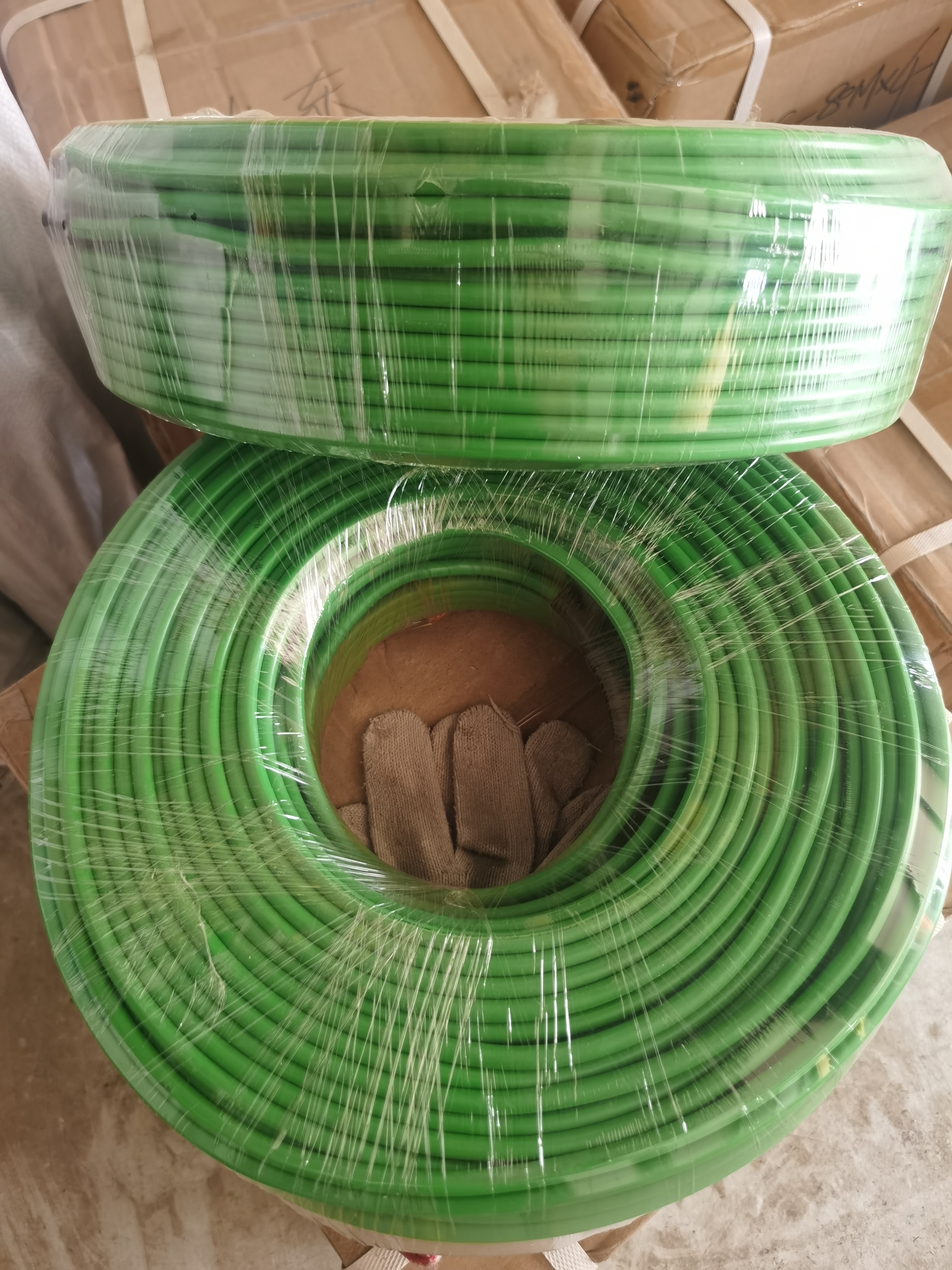
In the pursuit of constructing a durable and reliable sauna, the choice of materials is of utmost importance, especially when considering the unique environmental conditions of Hawaii. Cedar and redwood are two commonly considered options, and this article aims to compare their performance in terms of resistance to rot and insects in the Hawaiian context.
Cedar has long been renowned for its natural resistance to rot. It contains oils and resins that act as natural preservatives. In the humid climate of Hawaii, where moisture is abundant, cedar's ability to resist rot is a significant advantage. The wood's cellular structure also helps it to repel water to some extent, reducing the likelihood of waterlogging and subsequent rot. However, it's important to note that while cedar is relatively resistant, it is not completely impervious. Prolonged exposure to excessive moisture, especially if not properly maintained, can still lead to some degree of rot over time.
Redwood is also highly regarded for its resistance to rot. It has a natural durability that makes it suitable for outdoor and moisture-prone applications like sauna construction in Hawaii. The heartwood of redwood contains tannins that provide protection against rot-causing organisms. Its density and structure allow it to withstand the high humidity levels and occasional heavy rains typical in the Hawaiian islands. In general, redwood may have a slightly better resistance to rot compared to cedar in some cases, especially in extremely wet conditions. But like cedar, it also requires proper care and maintenance to ensure its long-term rot resistance.
Cedar has a pleasant aroma that many insects find unappealing. This natural repellent property helps to keep insects at bay. It is known to deter common wood-boring insects such as termites and beetles to some extent. However, in Hawaii, where there is a diverse range of insects and the environment can be conducive to insect activity, cedar may not provide absolute protection. Some insects may still be able to overcome the deterrent effect over time, especially if the wood is damaged or weakened in any way.
Redwood also has some resistance to insects. Its natural characteristics make it less attractive to many insects. While it may not have as strong an insect-repelling aroma as cedar, its durability and density can make it more difficult for insects to penetrate and infest. However, like with cedar, no wood is completely immune to insect attacks in all circumstances. In Hawaii's tropical environment, where insect populations can be high, regular inspections and preventive measures are still necessary regardless of whether cedar or redwood is used.
Both cedar and redwood offer good resistance to rot and insects, making them viable options for sauna construction in Hawaii. Cedar has its own set of natural preservatives and an insect-deterring aroma, while redwood has excellent rot resistance and some level of insect resistance due to its density and tannin content. However, neither material is invincible, and proper maintenance, including regular inspections, sealing, and appropriate ventilation in the sauna, is crucial to ensure their long-term durability and resistance to rot and insects. In the end, the choice between cedar and redwood may also depend on other factors such as cost, availability, and personal aesthetic preferences, but understanding their relative performance in terms of rot and insect resistance is an important part of the decision-making process for building a sauna in Hawaii's unique environment.

